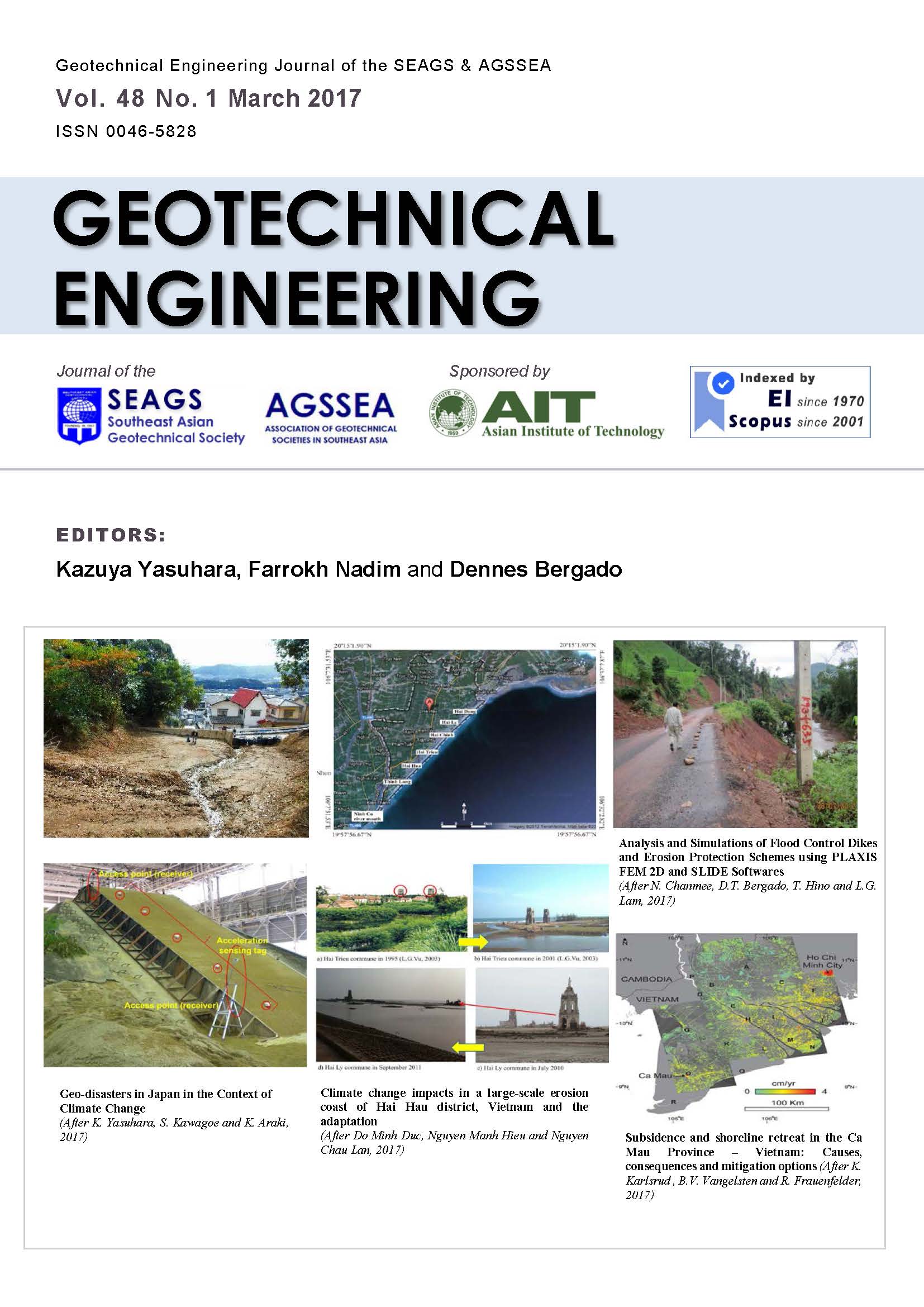Flooding Hazards and Potential Risks due to Heavy Rain and Sea Level Change in Shanghai, China
Main Article Content
Abstract
Current sea level change is mainly induced by global warming which is believed to increase the sea level if sustained for a sufficiently long period of time. Many coastal cities around the world have suffered adverse effects as a consequence of sea level change. Shanghai is a coastal city which is located on the estuary of the Yangtze River with an elevation ranging from 3 to 4 m. Its geological and climatic conditions make the city sensitive to flooding risk caused by heavy rain and sea level change. This paper analyses the recent sea level change and heavy rainfall in Shanghai. Regional rates of sea level change can be divided into i) the rate of eustatic sea level change; ii) tectonic movement of the continent; and iii) land subsidence in Shanghai. A correlation analysis shows that the number of local torrential rains and short duration torrential rains correlates with sea level change. Incidents including pluvial flooding, sea water intrusion and potential damage to coastal structures will be more serious if the rate of sea level change continues to rise. To protect the environment and to control economic losses, more countermeasures should be established to prevent the potential hazards.
Article Details

This work is licensed under a Creative Commons Attribution-NonCommercial-NoDerivatives 4.0 International License.
Copyright © 2019 Association of Geotechnical Societies in Southeast Asia (AGSSEA) - Southeast Asian Geotechnical Society (SEAGS).


